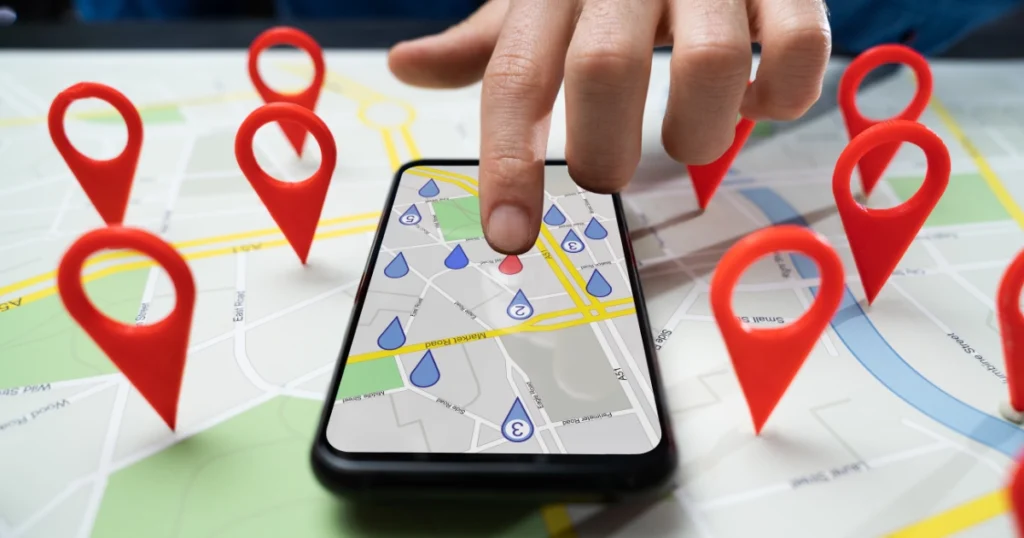In the ever-evolving world of digital marketing, understanding and implementing on-page SEO is akin to holding a treasure map. When done correctly, it leads you straight to the chest of gold—improved search engine rankings, more traffic, and increased visibility. But what exactly is on-page SEO, and how can you leverage it to outshine your competition? This comprehensive guide will unravel the mysteries of on-page SEO, backed by data, stats, examples, and case studies to help you master the art.
What is On-Page SEO?
At its core, on-page SEO involves optimizing web page content for search engines and users. Unlike off-page SEO, which focuses on external signals like backlinks, on-page SEO deals with aspects of your website that you have direct control over, such as content quality, keyword optimization, and the user experience. It’s a fundamental part of any SEO strategy, ensuring that your site is understandable and valuable to both users and search engines.
Top 10 Ways to Improve Your On-Page SEO
Enhancing your on-page SEO doesn’t have to be a daunting task. Here are the top 10 actionable strategies to boost your website’s SEO performance:
1. Optimize Your Titles and Meta Descriptions
Your title tag and meta description are the first things a potential visitor sees in search engine results. An optimized title should be compelling, include your target keyword, and be under 60 characters to ensure it displays correctly on search engines. Meta descriptions, while not a direct ranking factor, influence click-through rates (CTR) and should be engaging, informative, and within 160 characters.
Example: A/B testing titles and meta descriptions can lead to significant improvements in CTR. HubSpot reported a 30% increase in CTR by tweaking title tags, showcasing the power of optimization.
2. Leverage SEO-Friendly URLs
Short, descriptive URLs enhance user experience and search engine understanding. Include your target keyword and separate words with hyphens. Avoid long URLs full of numbers and irrelevant parameters.
Data Point: A study by Backlinko found that shorter URLs tend to rank better on Google.
3. Prioritize High-Quality Content
Content is king in the SEO realm. High-quality, relevant content that addresses the needs and questions of your audience ranks higher. Ensure your content is comprehensive, factually accurate, and provides unique value. Use various content types like videos, infographics, and blogs to engage different segments of your audience.
Case Study: A fitness blog increased its organic traffic by 150% by updating old content and focusing on comprehensive, high-quality articles, demonstrating the impact of content optimization.
4. Optimize Your Images
Images can significantly enhance your content, but they can also slow down your site if not properly optimized. Use descriptive file names, compress images for faster loading times, and use alt tags to describe the image, incorporating keywords where appropriate.
Stat: According to HTTP Archive, images make up on average 21% of a total webpage’s weight, making image optimization crucial for page speed.
5. Use Internal Linking Strategically
Internal links help search engines understand the structure of your site and distribute page authority throughout your pages. Use descriptive anchor text and link to relevant content to enhance user experience and SEO.
Example: Wikipedia excels in internal linking, which contributes to its high rankings across countless keywords.
6. Improve Site Speed
Page speed is a direct ranking factor. Use tools like Google’s PageSpeed Insights to identify and fix speed issues. Optimizing images, leveraging browser caching, and minimizing CSS/JavaScript can significantly improve loading times.
Data Point: According to Google, as page load time goes from one to ten seconds, the probability of a mobile site visitor bouncing increases by 123%.
7. Ensure Mobile-Friendliness
With mobile searches dominating, a mobile-friendly website is essential. Google’s mobile-first indexing means the mobile version of your site is the benchmark for ranking. Use responsive design to ensure your site looks great on all devices.
Stat: Mobile devices accounted for approximately 55% of global website traffic in the second quarter of 2021, highlighting the importance of mobile optimization.
8. Enhance User Experience (UX)
Google’s Page Experience update makes UX a critical ranking factor. This includes mobile-friendliness, safe browsing, HTTPS, and intrusive interstitial guidelines. A site that is easy to navigate and engaging reduces bounce rates and improves rankings.
Case Study: ESPN.com saw a 35% increase in revenue after redesigning their site for better user experience, illustrating the financial impact of UX optimization.
9. Use Schema Markup
Schema markup
helps search engines understand your content better, potentially leading to rich snippets in search results, which can improve CTR. Implementing schema for reviews, events, and products can make your listings stand out.
Example: Recipes with schema markup often appear as rich snippets with star ratings, cooking time, and calorie information, drawing more attention in SERPs.
10. Focus on Topic Clusters Instead of Keywords
While keywords are still important, the shift towards topic clusters helps organize and link related content, enhancing site architecture and helping search engines understand your site’s expertise on a subject matter. This approach leads to better coverage of a topic, improving overall site authority and rankings.
Case Study: HubSpot implemented a topic cluster strategy and saw a double-digit increase in organic search traffic, underscoring the effectiveness of this approach.
Final Thoughts
On-page SEO is an ongoing process of testing, learning, and optimizing. By focusing on the user experience and aligning your content with search engine guidelines, you’re setting the foundation for sustainable online success. Remember, SEO is a marathon, not a sprint. It requires patience, persistence, and a willingness to adapt to new trends and algorithm updates.
As you implement these strategies, keep track of your performance through analytics and adjust your tactics accordingly. With dedication and a keen eye for detail, you’ll see your rankings, traffic, and engagement soar, unlocking the full potential of your website in the digital landscape.
Read Additional Blog Posts about SEO | Watch DIY Videos on Our YouTube Channel






